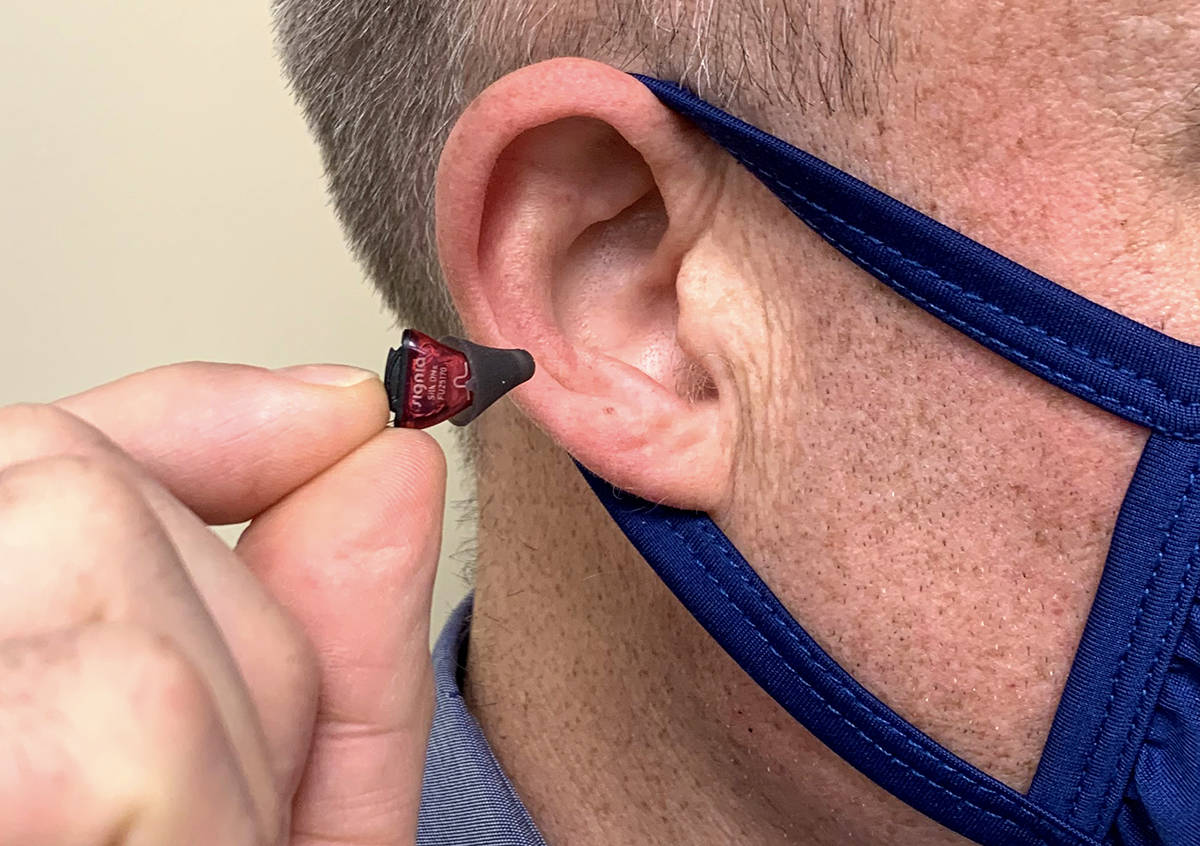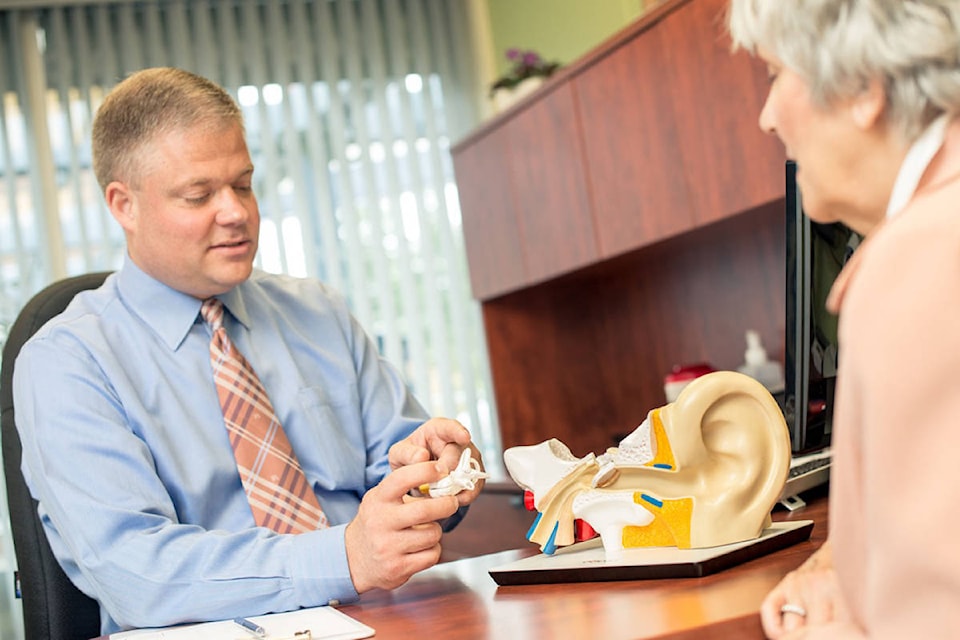Have you seen the commercials for amazing, invisible German hearing aids?
The tiny technology fits inside your ear, practically imperceptible to people around you, and the manufacturer says the sound quality is as-good or better than more bulky hearing aids.
Hanan Merrill from Nanaimo Hearing Clinic says a number of his patients have been asking about ‘invisible’ hearing aids recently, and he understands why.
“Their promises are very tempting: most of my patients dream of a hearing aid that you can’t see, you can’t feel… and you don’t even have to pay for!”
But Hanan says hearing aids aren’t one-size-fits-all, and invisible hearing aids may not be right for everybody.
“They’re an excellent opportunity for some people, and may be an option for a few others. But they’re not a good option for many,” he says. “Hearing is a very personal thing, and the hearing aid that works perfectly for you may not be the right choice for someone else.”

3 things to check before buying ‘invisible’ hearing aids
- The size of your ear: “Ear canals are like fingerprints — every person’s is a little bit different,” Hanan says. The makers of invisible hearing aids have done an amazing job shrinking hearing technology to the size of a kidney bean, but your ear canal still has to have enough space for an amplifier, a battery, a speaker and a microphone. That’s a lot to fit in a tiny ear! Some ear canals aren’t the right size or shape to fit invisible hearing aids comfortably.
- The volume you need: Invisible hearing aids put discretion first, which means they prioritize size over sound. Their speaker is good, but can’t get as loud as other hearing aids. “Some people need more than what that tiny amplifier can give,” Hanan says.
- The frequencies you hear: For some people, in-ear hearing aids sound natural and effortless, but for others it can sound similar to wearing earplugs — the sound of your own voice echoes in your head in a distracting way. “Your hearing profile has to do with technical things like treble, bass and other sound frequencies. It means that invisible German hearing aids work great for some people, but sound terrible for others.”
Nanaimo Hearing Clinic has access to all hearing aids, invisible and otherwise.
“Our job is to figure out what will work best for YOU,” Hanan says.
The clinic will perform a full hearing test, learn about your needs and current experiences, and even provide a free trial so you can test out hearing aids in the real world. The answer may be invisible or it may be something else, but it will be the perfect answer for you.
Ready to learn more? Book an appointment by calling 250-585-4100 or online at nanaimohearingclinic.com/contact. Find the clinic at 501-800 Turner Rd in Cactus Club Plaza.
